I have been a dedicated omnivore my entire life, but even I have been trying to eat less meat lately, and I’m not the only one. As A.A. Newton explained in, “How to Become a Vegetarian (or Eat Less Meat),” there are many good reasons for decreasing the amount of animals you consume:
To be honest, this has been a long time coming. I’ve never been morally or ethically opposed to eating animals — I’m still not — but capitalism is another story, and at this point there’s no separating the two. You don’t need me to tell you that industrial meat production is an enormous contributor to global warming (and climate denialism) or that meat processing corporations are almost cartoonishly evil in their exploitation of an underpaid, often undocumented workforce. The facts are out there for the whole world to see, which is probably why more people are choosing to eat less meat.
All that said, vegetables can taste also really, really good. Here are some of our favourite ways we ate them in 2021.
Make a creamy vegetable soup without any dairy
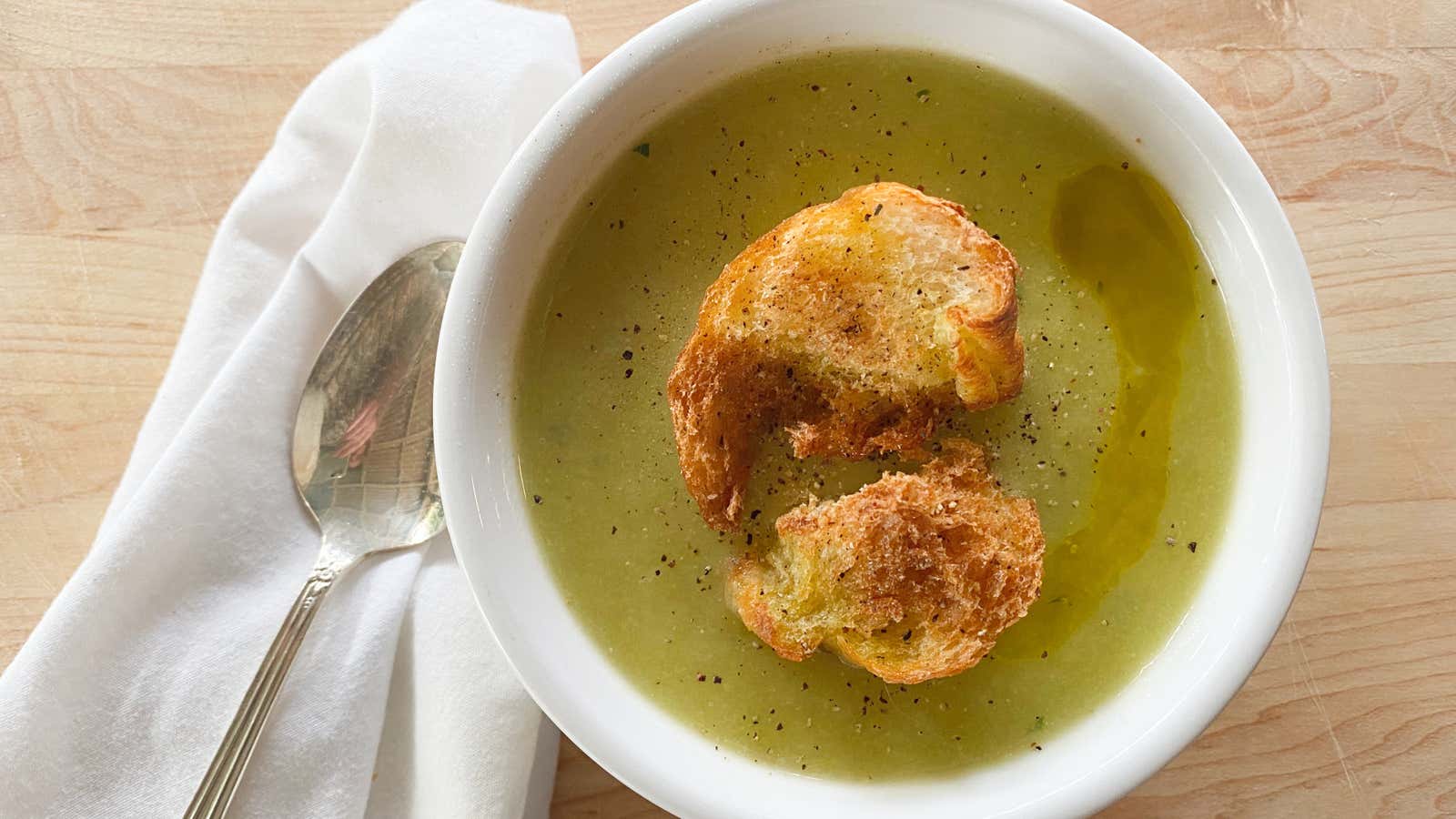
Do not get me wrong, I love cream. But you do not, technically, need it to make a creamy, satisfying soup:
As Food52 points out in their article on the subject, all you really need to make a creamy vegetable soup is fat, vegetables, and some sort of liquid. And, as I learned while making this (incidentally) vegan marinara, a lot of fat — at least half a cup — is key. If your veg of choice doesn’t get things as thick as you want them, you can add a tablespoon (or four) of instant mashed potatoes.
Make a surprisingly creamy salad dressing with raw zucchini
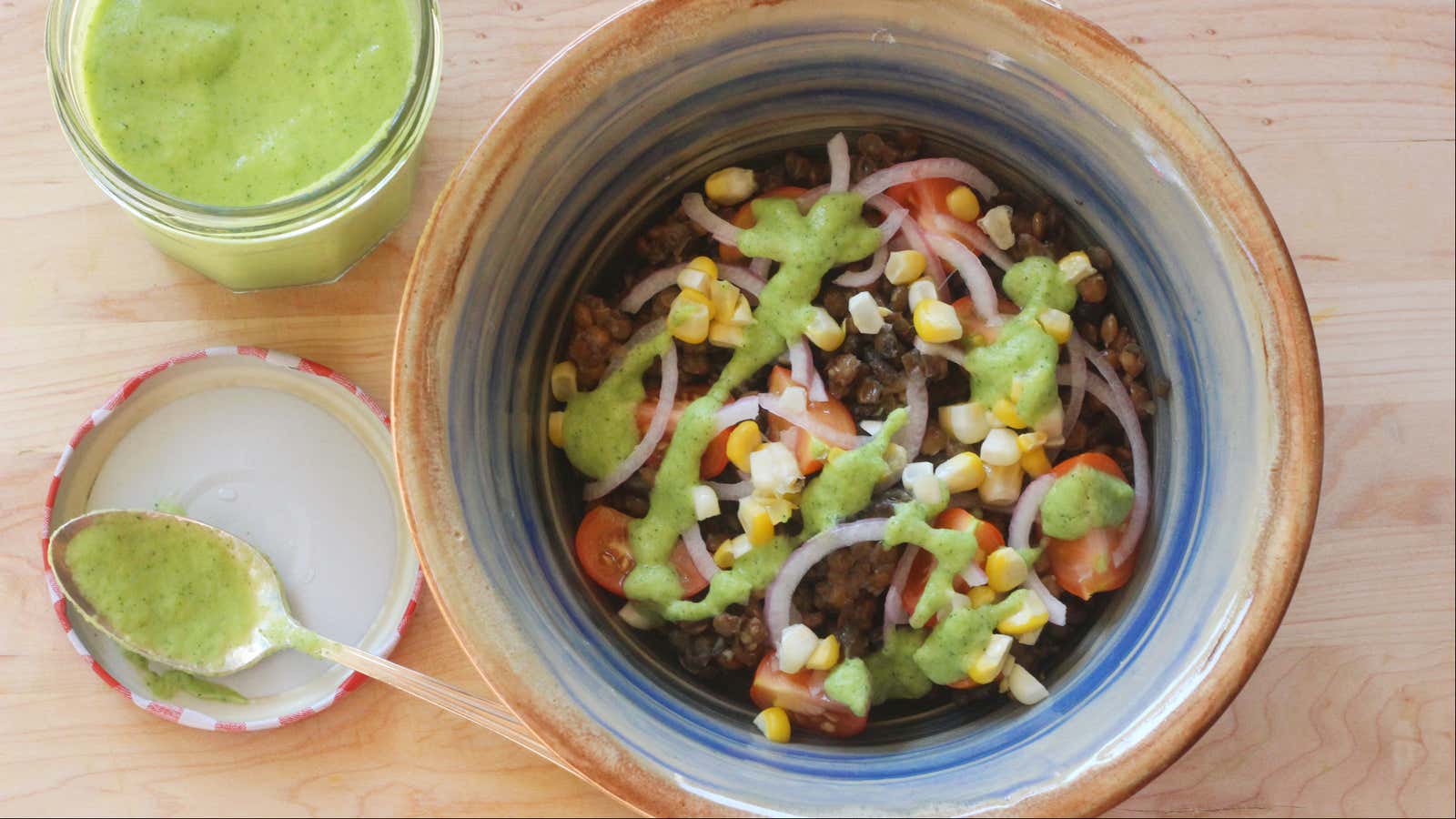
This was the first year I planted a garden, and I was rewarded a whole lot of zucchini, which forced me to get pretty creative with the squash and led to the creation of this dressing (among other things):
The raw zucchini gives the dressing a beautiful green hue and, more surprisingly, a rich and creamy body. (Staring at it now, I realise it is in fact “Lifehacker green.” That’s synergy, folks.) It’s flavorful enough when blended with olive oil, vinegar, and salt and pepper, but you could just as easily add herbs or other spices to excellent results. (I, in my infinite wisdom, added a whole clove of raw garlic.) I think a little nutritional yeast or powdered parm would also be fun, though I haven’t tried it yet, because I am out of both.
Freeze a baked sweet potato into a popsicle
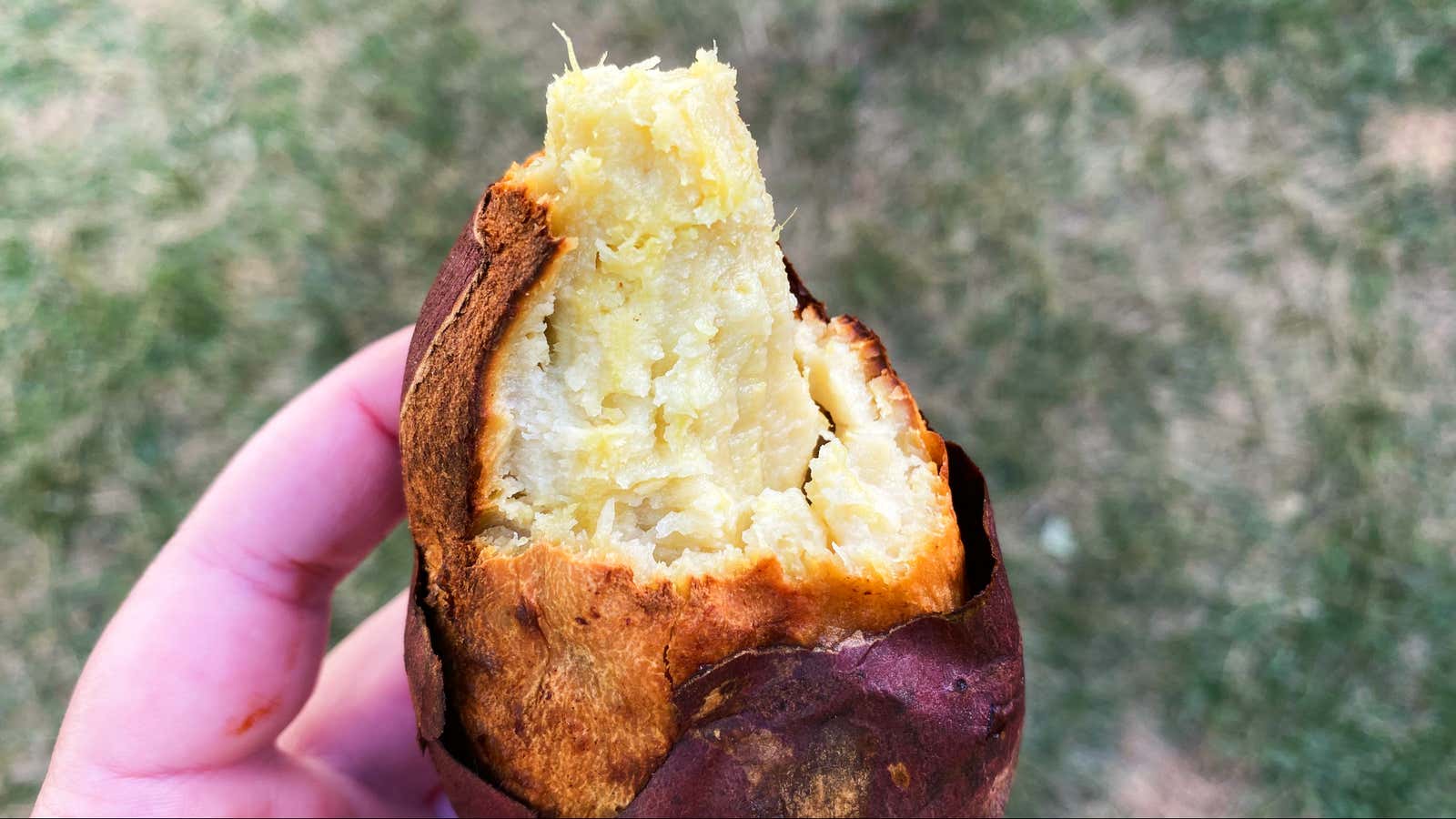
I’m not exaggerating when I say this recipe will change the way you think about yams:
I can only speak for myself, but frozen baked sweet potato is not something I had ever encountered in my almost 35 years of living in the United States. In Taiwan, however, it is quite common, and for Lee, it’s a nostalgic summer treat. “It has this caramel ice cream flavour and texture,” he told Eater. The frozen root vegetables are so ubiquitous in Taiwan, you can find them in corner convenience stores, but Lee has had to make his own since moving to California.
Make a simple carrot salad, the perfect summer side dish
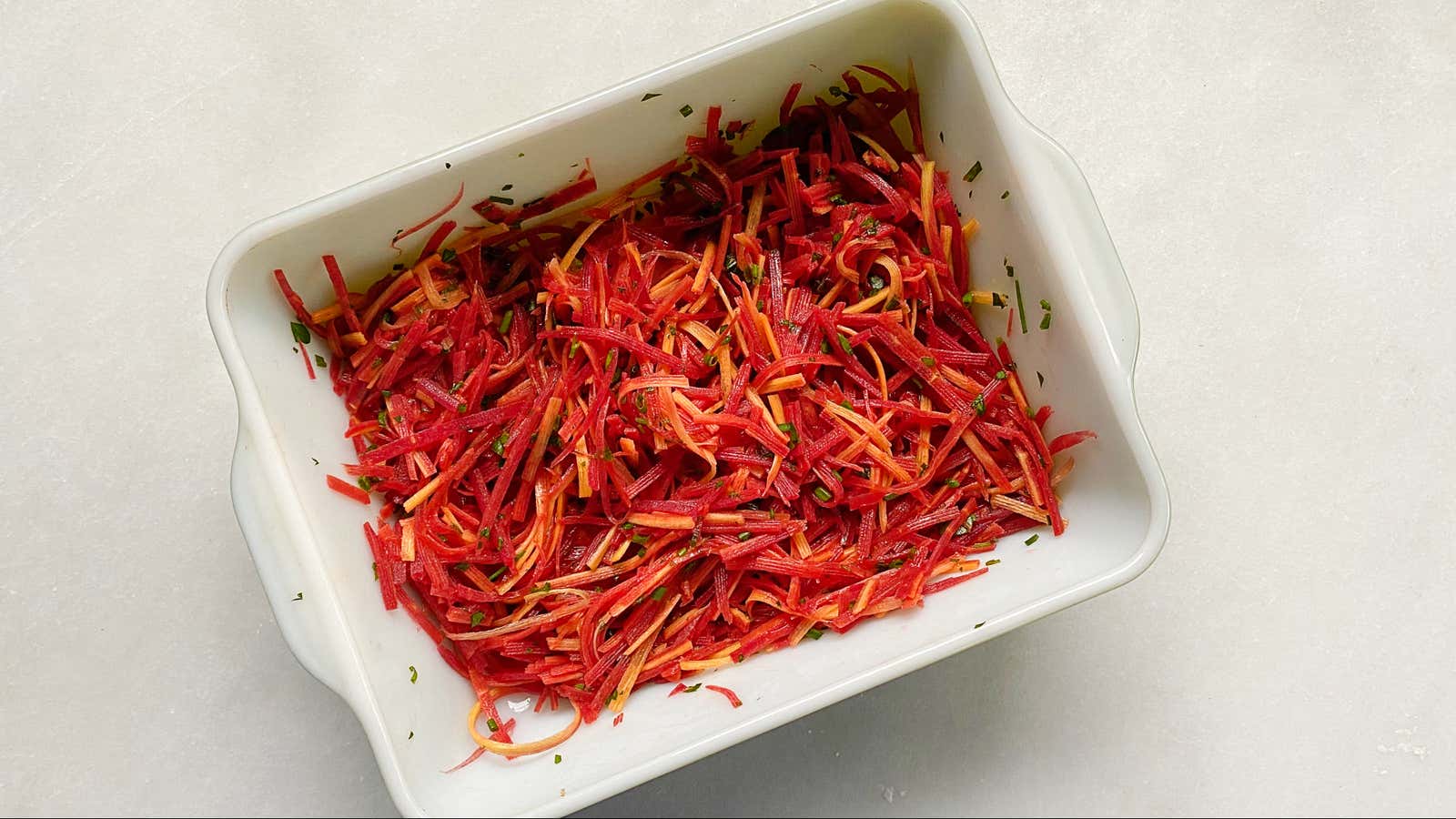
This salad is the epitome of chic French cooking:
Once your carrots are shredded, you just have to choose your acid and herbs. Lemon and parsley are traditional, but you can add a little sherry, white wine, or apple cider vinegar, and get some chives and tarragon involved. I tend to stick to the template in the Lebovitz recipe, but I often increase the amount of acid to match to oil. Most recipes tell you that you can make this salad “up to 24 hours in advance,” but I’ve had some in the fridge since Friday evening and it still has a fair amount of crunch.
Absolutely roast a stalk of Brussels sprouts
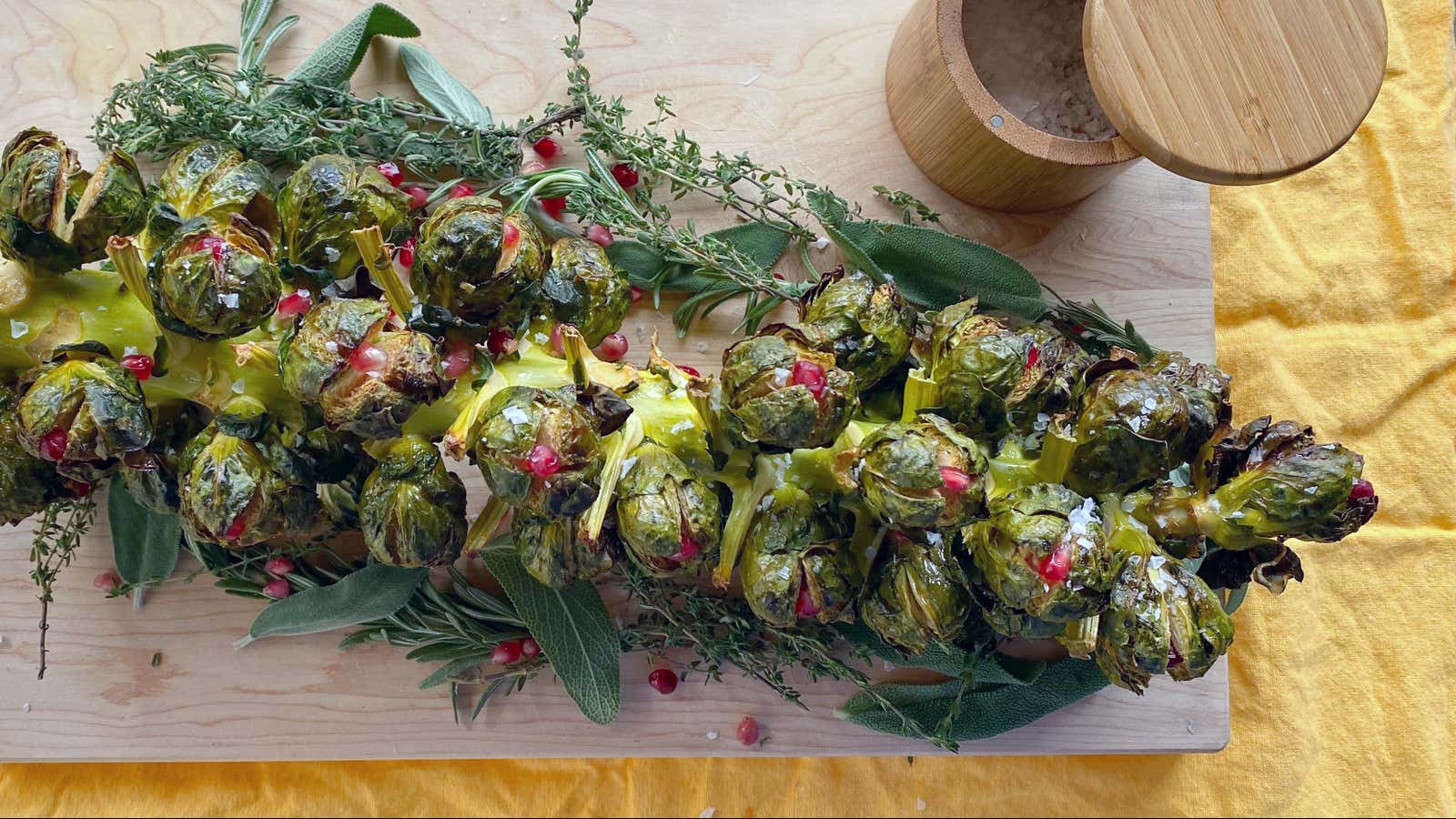
I developed this recipe for Thanksgiving, but it would make a beautiful, edible centrepiece all winter long:
It’s not a complicated dish. In its simplest form, all you have to do is brush the sprouts with olive oil, salt them generously, and pop the whole stalk in the oven until the sprouts are tender and as browned as you like them. If you want to get fancy with it, Thanksgiving is a good day to do it, especially if you do not eat turkey, but still want an edible centrepiece with which to wow your guests. (I think this is prettier than any dead bird.)
You’ve breaded eggplant for the last time
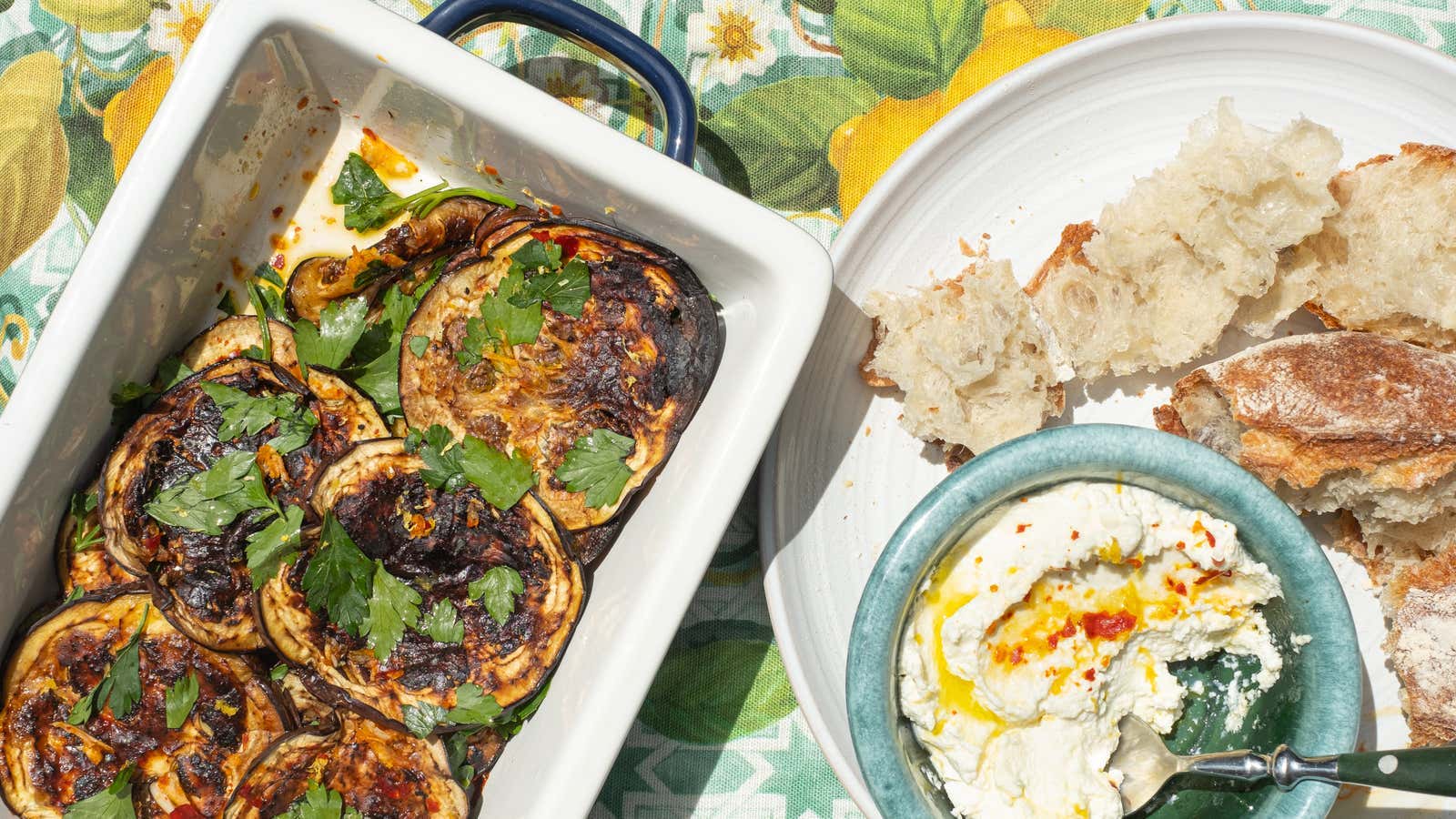
Both of these methods have made their way into my heart (and kitchen), and I don’t see myself going back to breading any time soon:
When consumed in casseroles and sandwiches, “breaded and fried” seems to be the default preparation method for eggplant. As a person of Southern origin, I am not opposed to a breaded and/or fried thing, but eggplant doesn’t need it. There are two other efficient ways to prepare eggplant for layering into casseroles and sandwiches, and neither of them require an egg dip.
Make this three-ingredient dip with charred beets
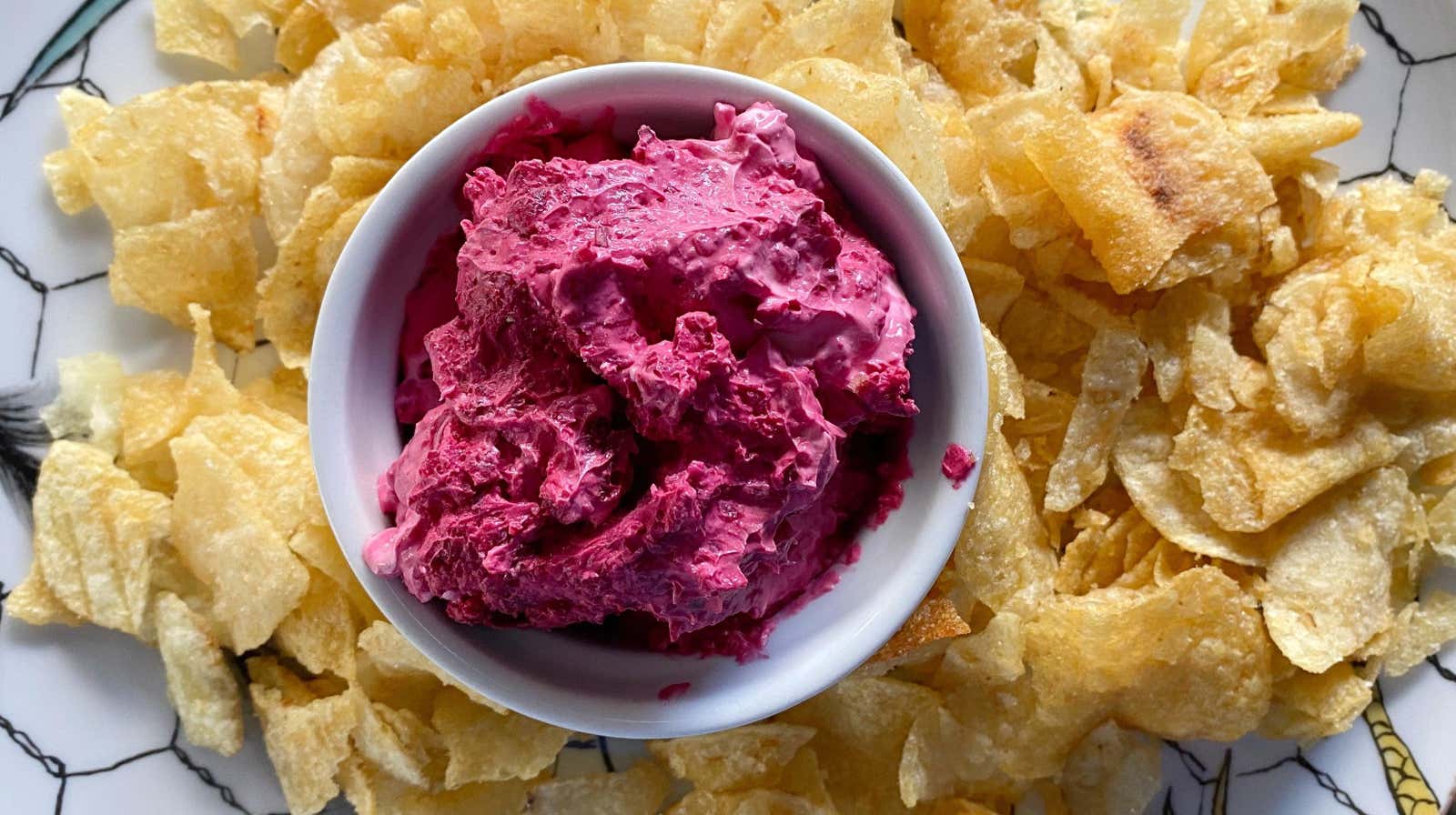
This three-ingredient dip will up your beet intake by a startling percentage:
I took half of the charred beet wedges (which translated into about 1 1/2 medium-sized beets), chopped them finely in the food processor, then added the sour cream and goat cheese and pulsed a few more times to combine. Then I ate it with salt and vinegar chips. It was tangy, earthy, creamy, salty, and sweet, with just enough bitterness from the burnt ends. It was fantastic, and nearly impossible to stop eating.
This three-ingredient marinara will be your new favourite
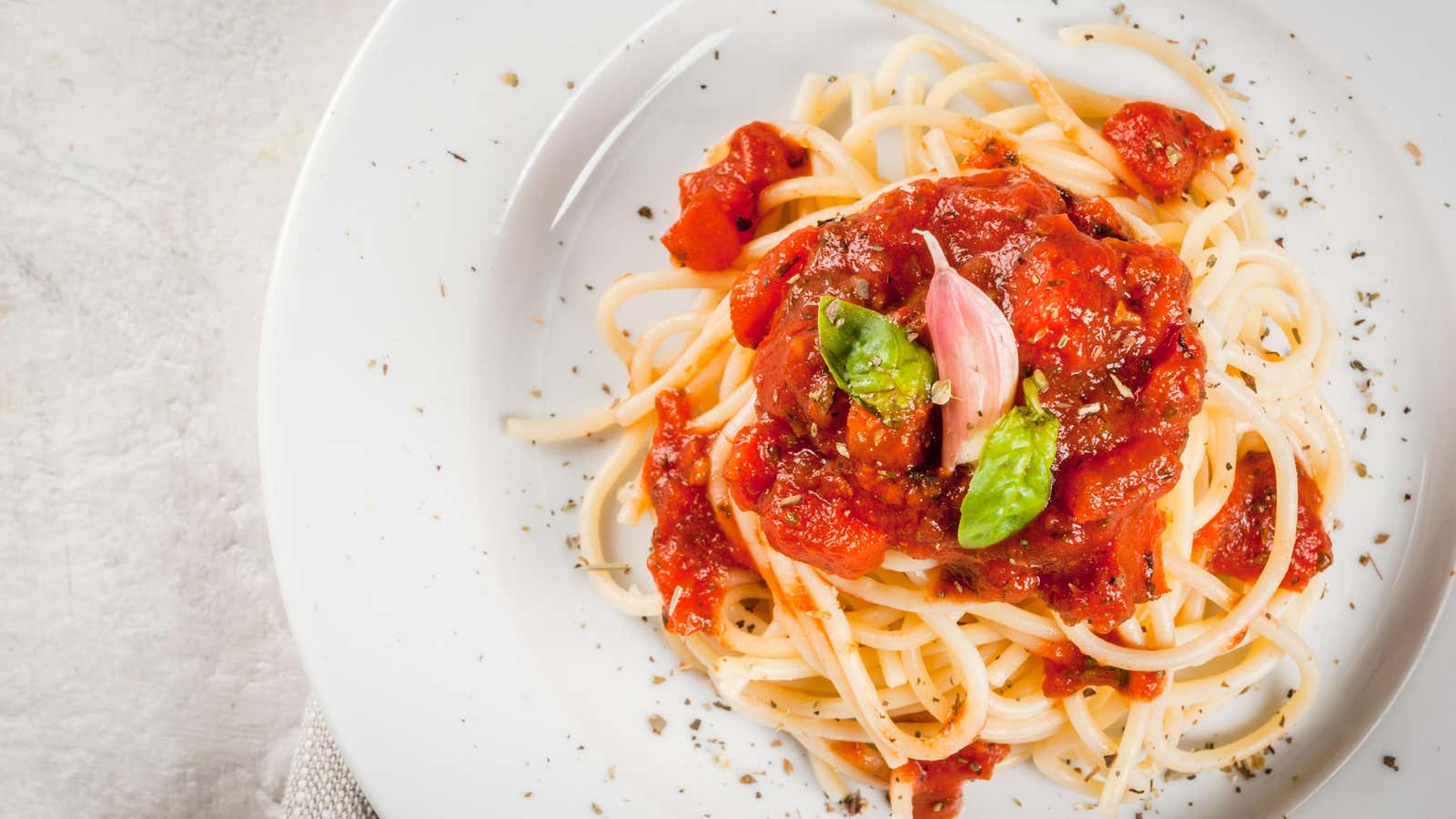
This is the sauce to make if you were underwhelmed by the Marcella Hazan butter sauce:
The sauce sounds too simple to be noteworthy. It’s just olive oil, garlic, and two cans of peeled tomatoes. It is, however, incredible. The recipe calls for “enough olive oil to cover the pan,” which ends up being a kind of startling amount of olive oil. (It translates to about half a cup in my sauce pan.) That oil is then infused with three cloves of sliced garlic — I used two extra cloves because mine were small — and simmered with two cans of peeled “San Marzano style” tomatoes. (I bought the cheap grocery store brand.) Let it all reduce by half, and you have a perfect, no-frills marinara.
Actually brown your Impossible burger
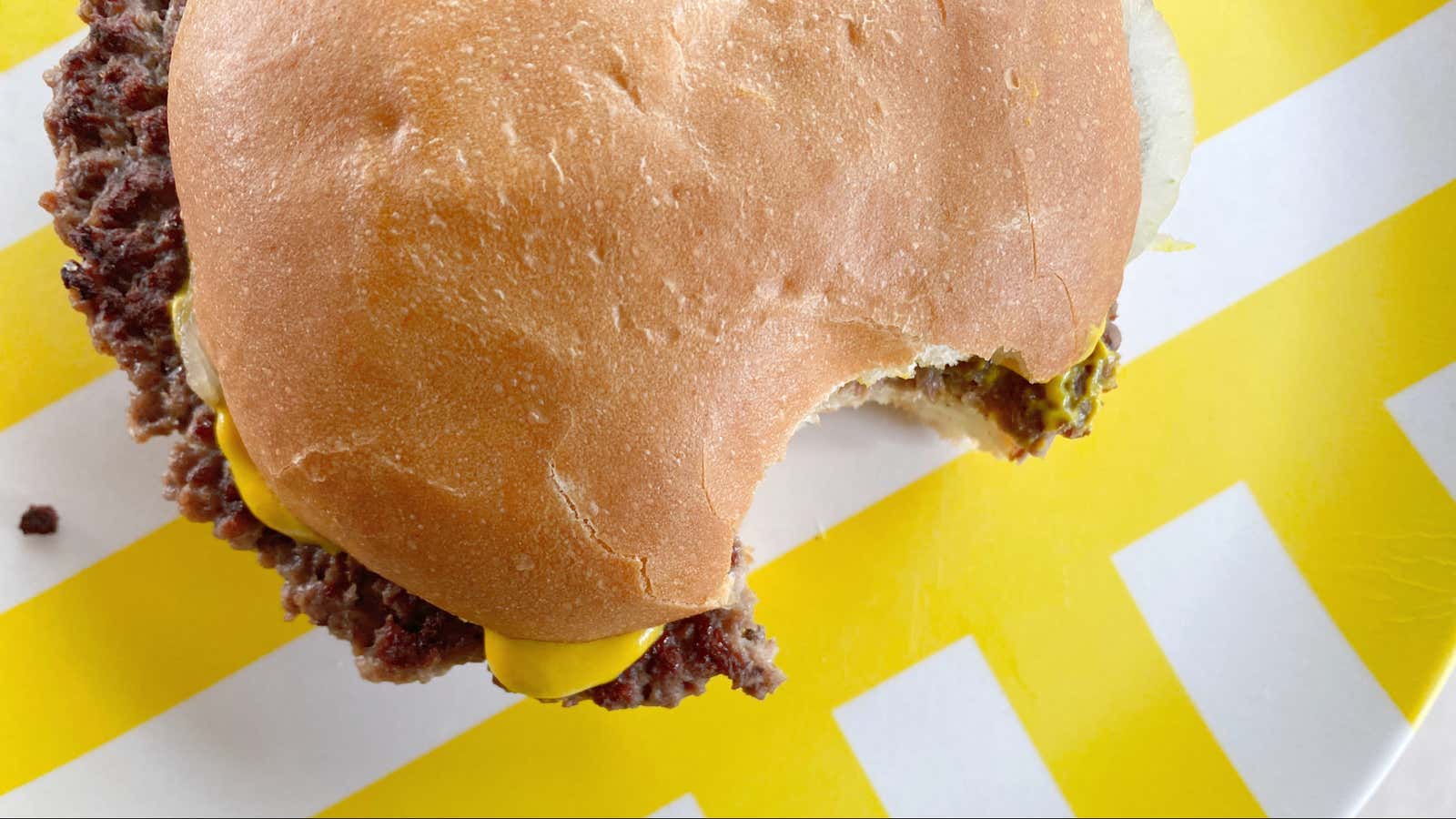
When it comes to burgers, tech meats look, taste, and feel pretty close to the real thing, but they do not act like meat in the pan, which can prevent you from getting that classic smash burger crust…unless you pre-smash ‘em:
The problem, however, is that Impossible meat and its plant-based brethren are sticky — much stickier than ground beef. Smashing the burger in the pan forms a crust, but that crust fuses to the pan, even with a liberal coating of vegetable oil. Luckily, there is an easy solution: Pre-smash the burgs.
Don’t waste your precious bean-soaking water
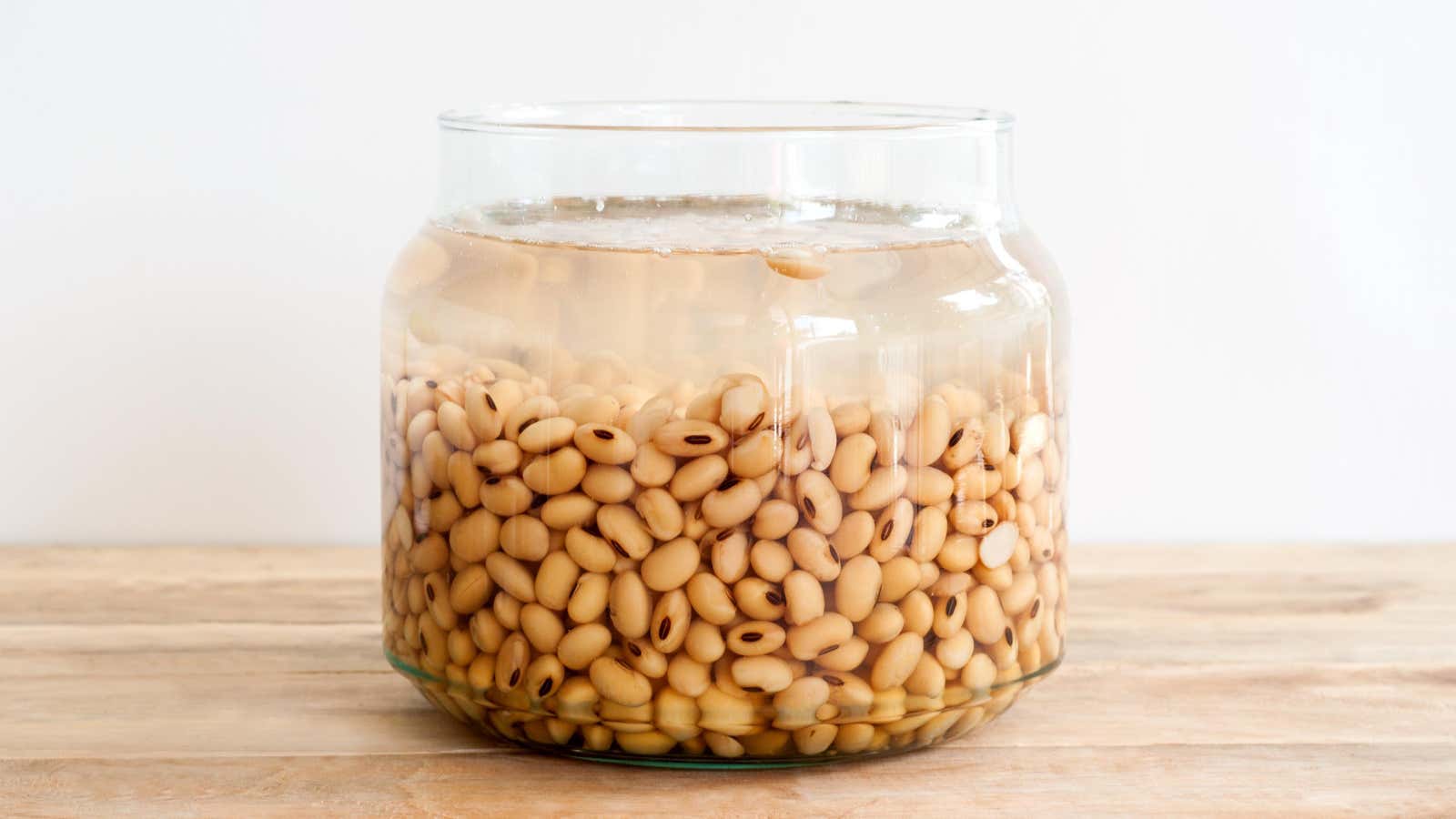
Keep the soaking water. It’s good for you:
According to the bean thinkers at Rancho Gordo, it has long been assumed that tossing the water helps cut down on gastrointestinal distress (“the farts are in the water!” some claim), but there is, “conflicting scientific evidence that changing the water cuts down on the gas.” In addition to relying on flimsy scientific reasoning, you’re probably pouring flavour down the drain.
“The thinking now is that vitamins and flavour can leach out of the beans into the soaking water you are throwing down the sink,” the bean people explain, before adding, “if you want to, do it. If it seems unnecessary, don’t.”
Hold the fat while cooking mushrooms to brown them better
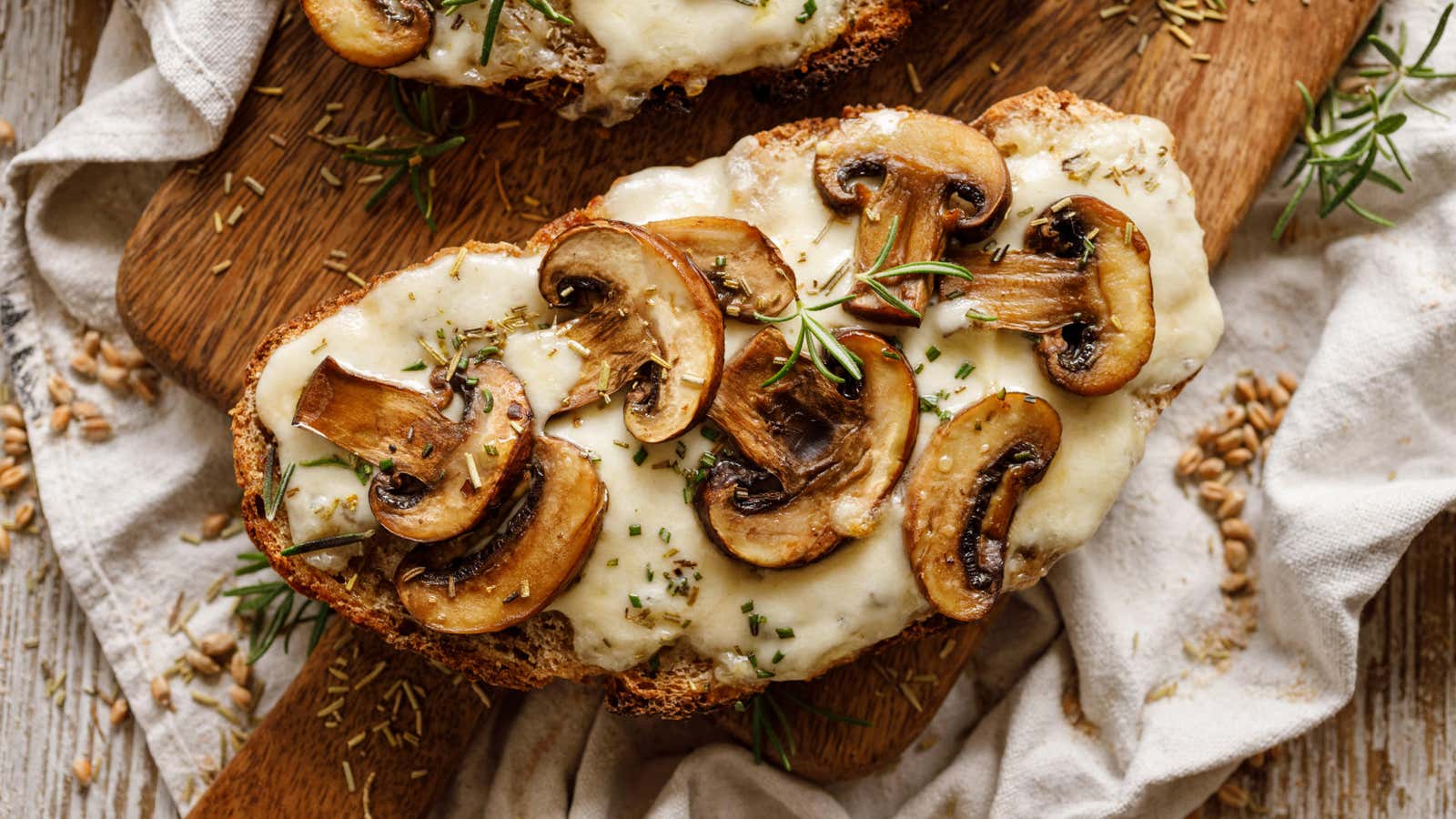
Moisture is the enemy of crispy, browned mushrooms, but even pure fats can create a sort of oil slick on top of a mushroom, trapping water inside:
Direct, dry contact with the pan lets that moisture boil off quickly, browning the mushrooms and creating a concentrated, flavorful fond on the bottom of the pan. Once the mushrooms are browned and softened to your liking, you can deglaze all those little browned bits with some wine, then add your fat of choice to bring some richness to the dish.
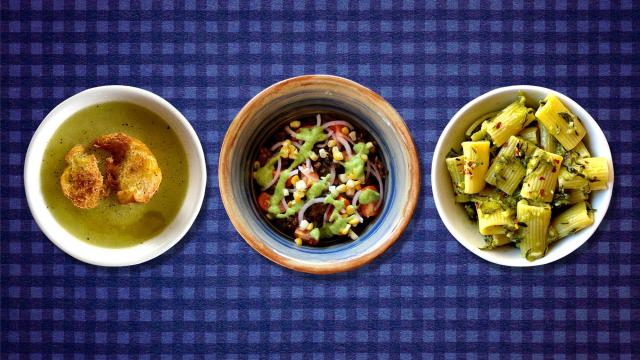
Leave a Reply
You must be logged in to post a comment.